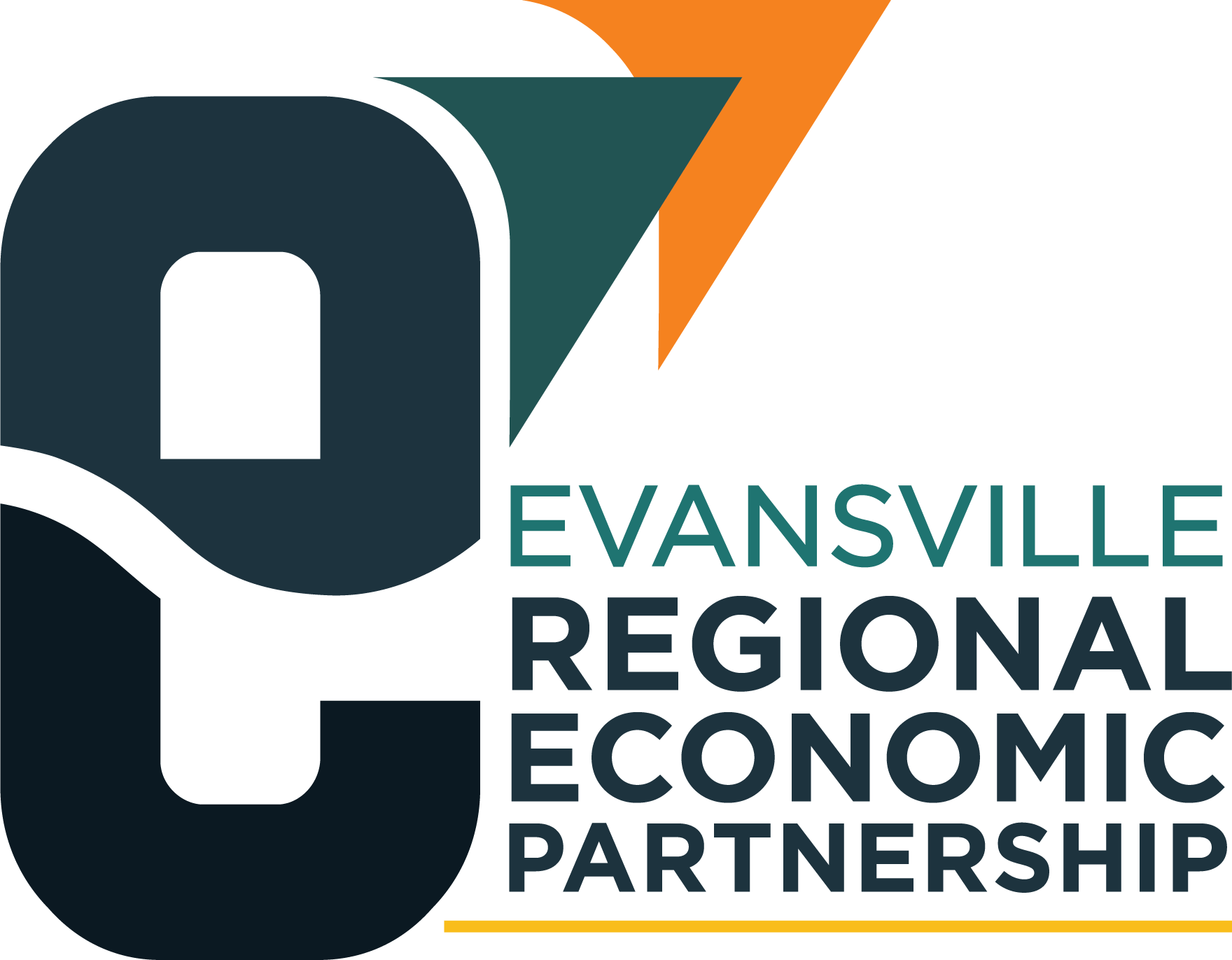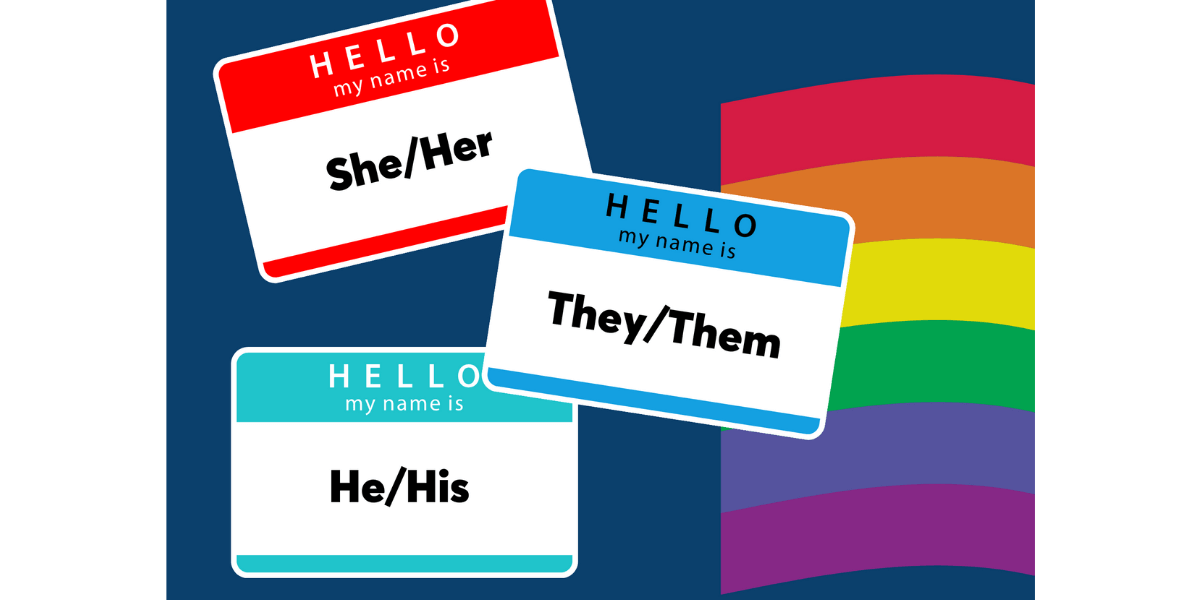By: Ashley Riester, E-REP
Unless you live under a rock, it is likely that you have seen personal pronouns included in email signatures, name tags, social media profiles, or business cards. But do you know why they matter?
Gender implied pronouns are used in everyday conversation with little thought – such as “he” to refer to a man/boy or “she” to refer to a woman/girl. But these associations are not always accurate and can be hurtful when misused.
A person’s appearance or name is often used to assume that person’s gender. But you know what they say about assuming… The act of assuming (even if correct) sends a potentially harmful message – that a person must look or present a certain way to demonstrate the gender that they are or are not.
Using a person’s correct personal pronoun is a way to respect them and create an inclusive environment. It can be offensive or harassing to guess someone’s pronouns or refer to pronouns that do not match their identity. When in doubt, ASK! Sometimes people get nervous about asking for pronouns, so the easiest way to lean into asking someone about their pronouns is to share your own: “Hello, my name is Charlie and I go by ‘he/him/his’ pronouns.”
By opening the conversation with your pronouns, you are signaling to the other person that you are familiar with the concept of pronouns and will be respectful of their identity. This also increases the normalcy of sharing pronouns in public spaces and interactions. #goals
So… What are some of the pronouns that people use?
– She/Her
– He/Him
– They/Them
– Ze/Hir
– No Pronouns – Use My Name
There are additional pronouns that some people might use (ze/zir, per/pers, ey/em, xe/xem, etc.). Please check with the person and/or use online resources to learn the proper ways to utilize them.
Now you are probably wondering… what if I make a mistake?
If you use the wrong pronouns for someone in a conversation and you immediately recognize it, correct yourself, apologize, and move on. It is important not to make the situation about yourself, your intention, or make excuses about the mistake. We all make mistakes, and even if you feel terrible about it, it is not about you.
But what about when others make a mistake?
If a person is not present when their pronouns are misused, it is our job to hold others accountable to using the correct pronouns.
When in a conversation with someone else who makes a mistake, there are a couple of ways to navigate the conversation, and several things to consider. First and foremost, is personal safety. Some people may only use certain pronouns in various aspect of their lives. Some people simply do not feel comfortable being “out” in certain contexts. If you are not sure if the person has shared their pronouns with the person you are speaking to, ask them first before making the correction.
So, what is next?
Implementing best practices for pronoun use:
– Share your pronouns as part of your introduction.
– Share your pronouns at the beginning of every meeting, even with folks who you have been regularly meeting or know. Pronouns can and do change for people. Including pronouns as a regular practice for introductions provides space for people to share and be aware of how to refer to people who are new to the environment.
– Add your pronouns to your business cards, email signatures, and name tags.
Taking these small steps can have a huge impact on your team, co-workers, family, friends, and acquaintances. Through intentional effort, we can build a more inclusive and equitable community. And who does not want that?

